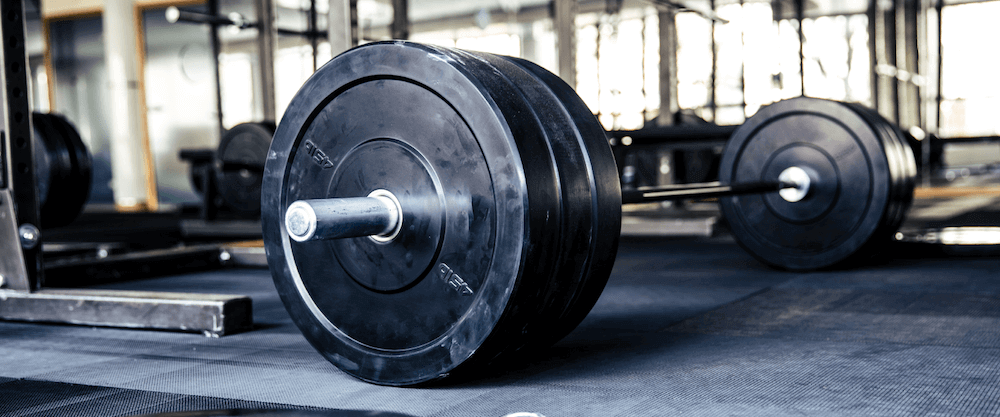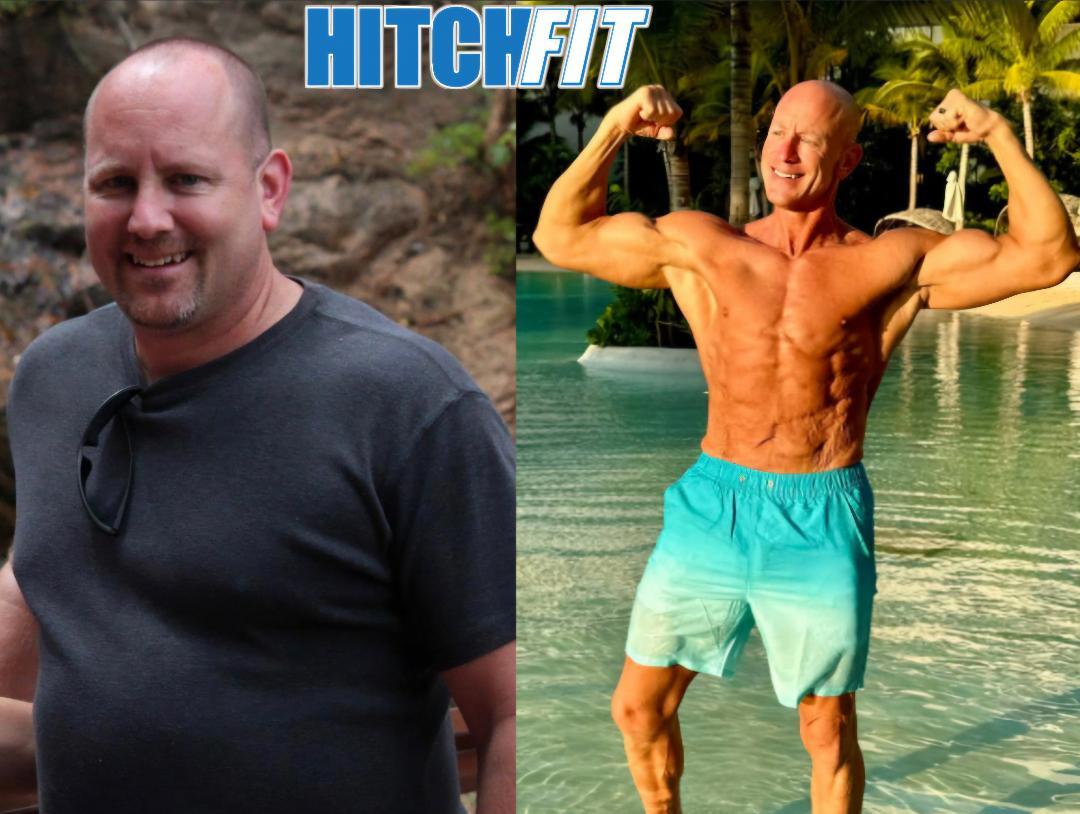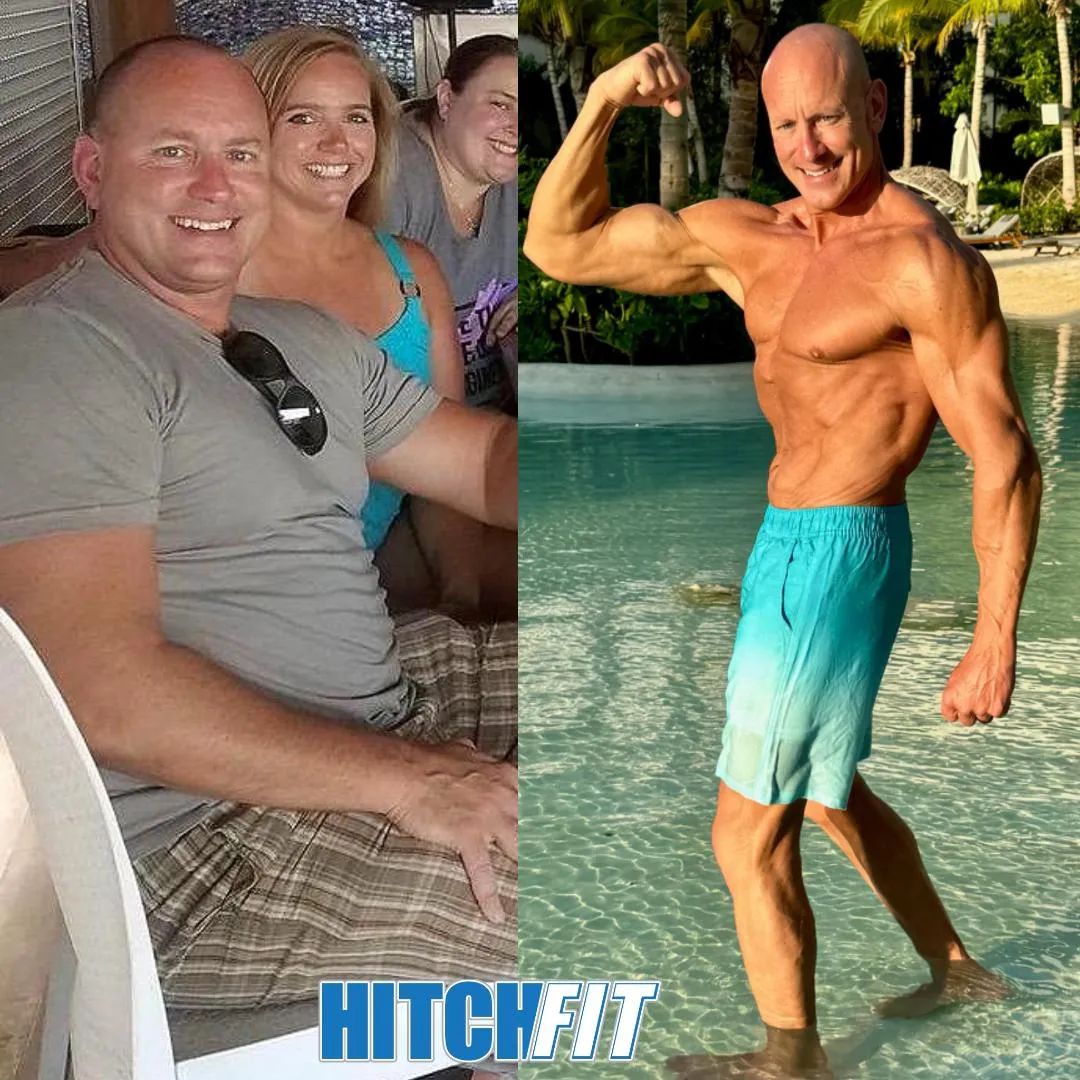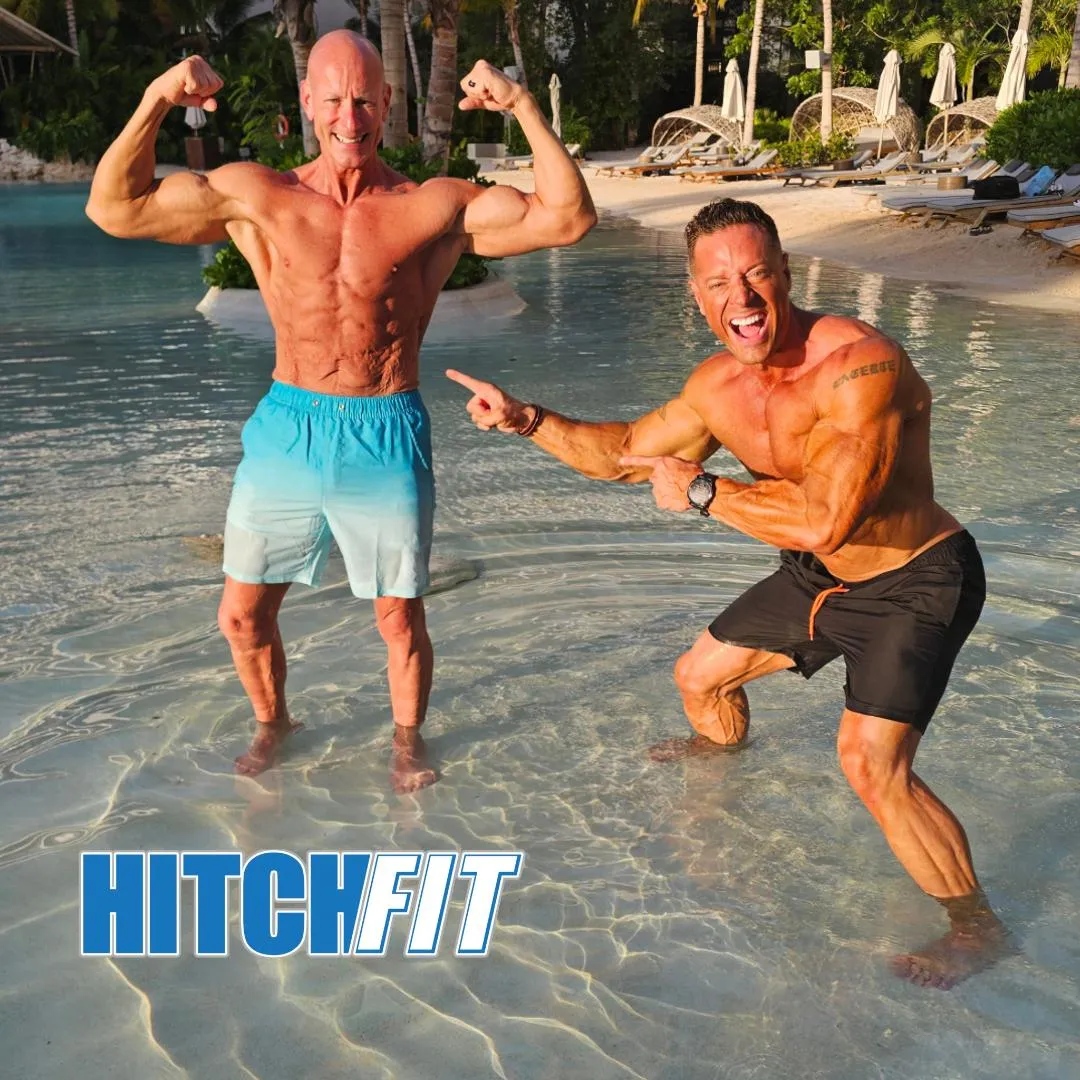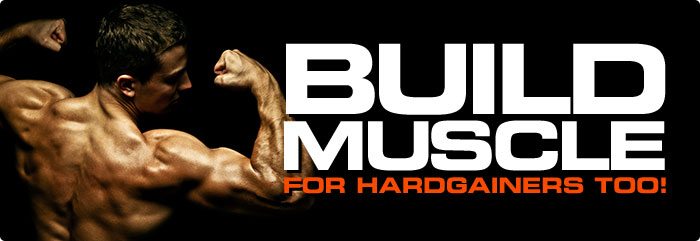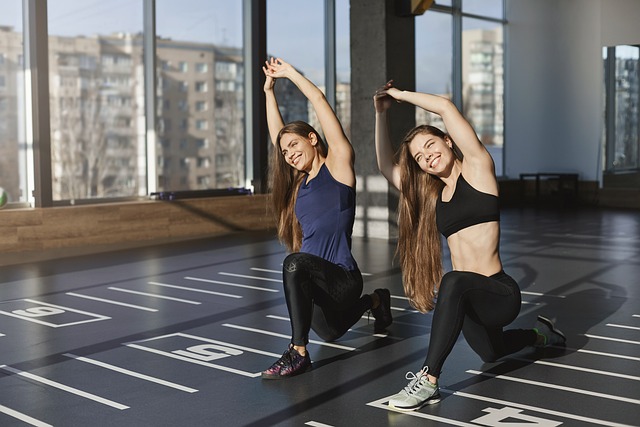
We’ve all seen it in the fitness coaching world—a common trend that often seems counterintuitive. High-performance training principles, tailored for elite athletes, are frequently prescribed to clients across all age groups, regardless of their individual goals, abilities, or unique circumstances. Yet, does it make sense to design an intensive, performance-oriented program, complete with intricate exercises, for a client like Betty, a 55-year-old hoping to alleviate her arthritis? Or to construct a demanding training regimen with drop-clusters and back-off sets for Dan, a 35-year-old new father taking his first steps into the fitness world to set an example for his child?
A paradigm shift is in order. It’s time to adapt our approach to better serve the majority of our clients, the general population, whose primary aspirations revolve around enhancing their overall well-being and securing a future filled with vitality and longevity. In this article, we’ll delve into a set of principles, expertly designed to guide the creation of resistance training programs, to help you revolutionize the way you coach your clients towards their health and longevity goals.
The Power of Frequency: 3 Days a Week
Your journey towards crafting a program geared for health and longevity starts with the frequency of resistance training sessions. To find the perfect equilibrium, consider incorporating resistance training three times a week. This approach creates an ideal balance, making room for aerobic workouts and the much-needed intervals for recovery and adaptation.
Unlock the Potential of Full-Body Training
A simple yet effective approach to boost health and enhance lifespan is a full-body resistance training routine during each session. By embracing both upper and lower body workouts, you can ensure optimal frequency for every movement pattern and ensure balanced strength, especially when clients are partaking in resistance training sessions three times a week.
Functionality Meets Variety
Prioritize exercises that mimic the functional movements of daily life if your goal is to support longevity. Include exercises such as step-ups, squats, carries, and deadlifts to infuse practicality and function into your program design.
But it doesn’t stop there. When selecting exercises, bear in mind the client’s capabilities, focusing on safety and effectiveness. A diverse array of equipment is at your disposal, including barbells, dumbbells, kettlebells, cables, machines, bodyweight exercises, and more. This array keeps your clients engaged, offering adaptability and the chance for them to experience variety within their training.
Simplifying Progression
A commitment to simple, straightforward progression is the cornerstone of success. In contrast to performance-oriented models, which are often rooted in fixed exercise selections and linear growth, the road to longevity places emphasis on regular, consistent resistance training across an array of exercises.
Consistency and Dedication
As we journey towards extending our years of health and fitness, unwavering consistency and commitment become the guiding stars. For clients seeking to embrace a healthier lifestyle and extend their years of activity, consistent training becomes an essential part of their journey.
In the realm of resistance training, it is critical to maintain a high level of effort. Effort remains relative, adjusting to the individual and the specific exercise or repetition range at hand. Whether clients are performing squats, bicep curls, or engaging in lifting heavier weights, unwavering dedication to upholding a high level of effort is the golden rule. Precision in each repetition, whether it’s in terms of form, muscle endurance, or strength, becomes paramount.
Help Your Clients Live a Larger, Longer Life
The design of effective resistance training programs for the general population calls for a fresh approach, one that departs from the complex, performance-driven models that have become commonplace in fitness coaching. By embracing simplicity, functionality, and the unwavering commitment to effort, we unlock the potential to better cater to the needs and objectives of individuals striving for improved health and a longer, more vibrant life through their fitness journey.
In our roles as coaches, we have the privilege of guiding and supporting our clients. In doing so, we ensure that their path is not only effective but also enriching, empowering them to embark on a journey towards a lifetime of health and vitality.
